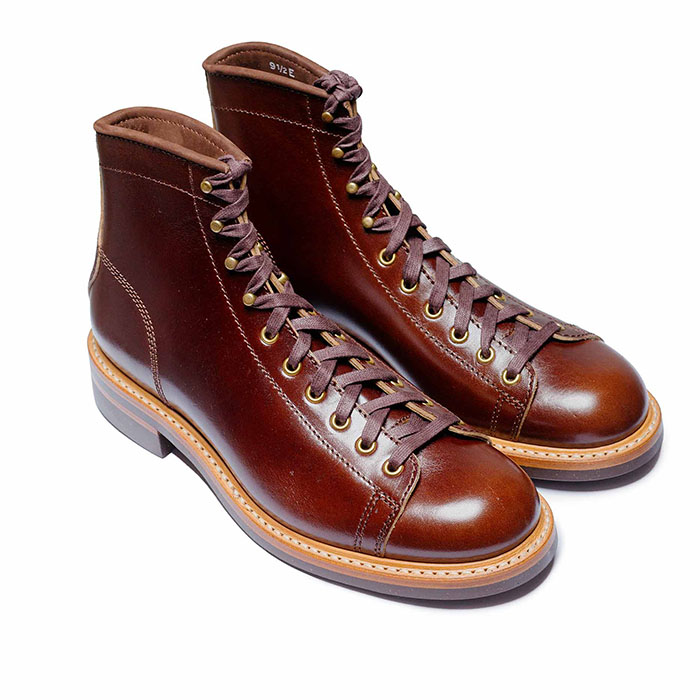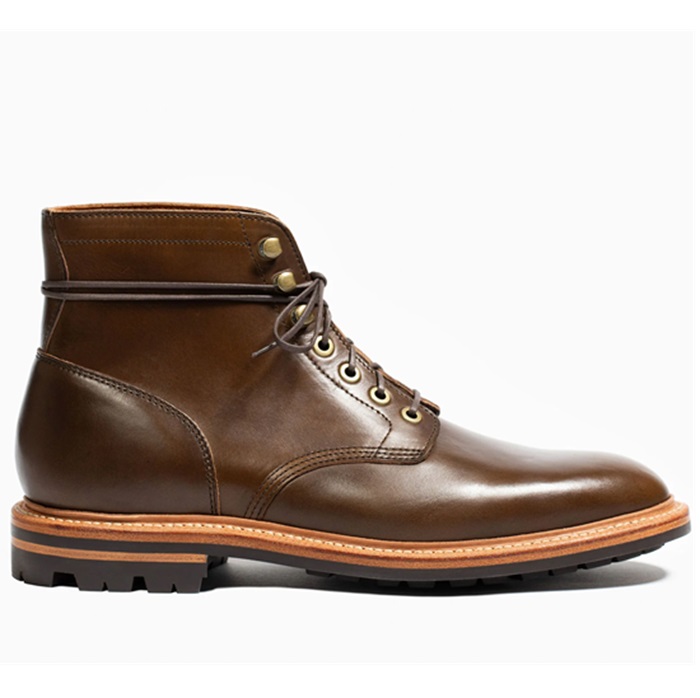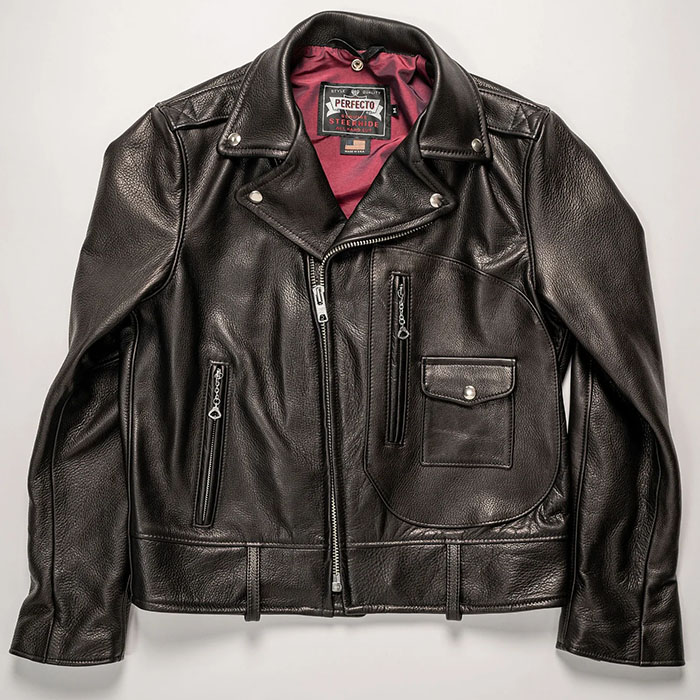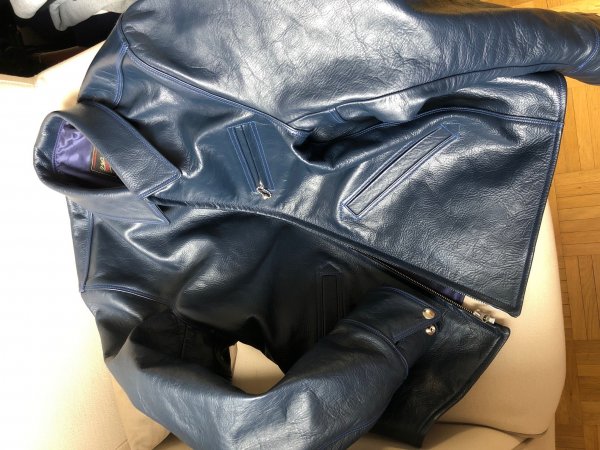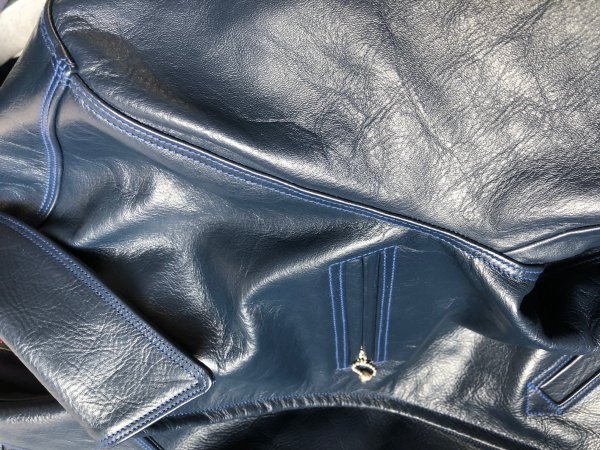Jin431
Call Me a Cab
- Messages
- 2,912
- Location
- Bay Area CA
How do you mean washed? With beeswax?
Greg will send these hides back to his supplier because they're not at all how they said they'd be.
I remember the bruciato (if that's how Thedi spells it) HH sample you shared after Thedi washed it. I was wondering if that can also be done with badalassi?
Hopefully next time his supplier can get you guys a better batch.
